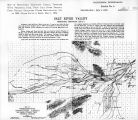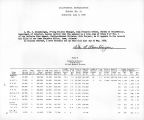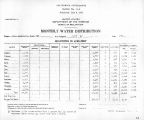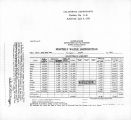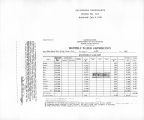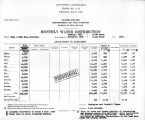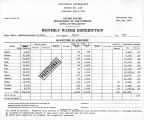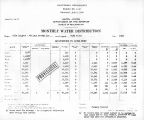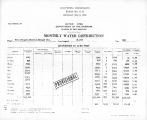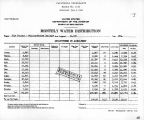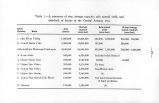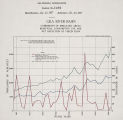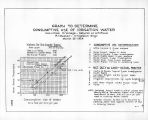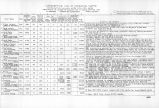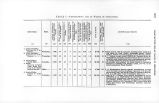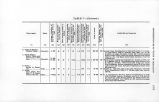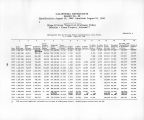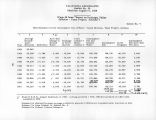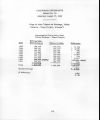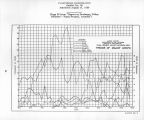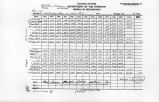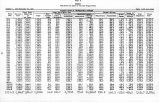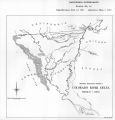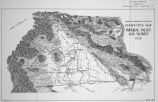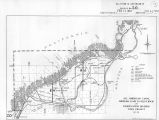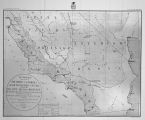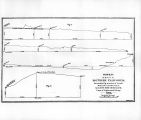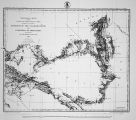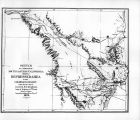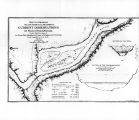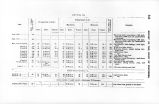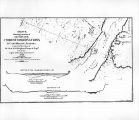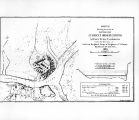| OCR Text |
Show thence following the eastern side of the basin with the canal to the northeast extremity of the basin and as much farther as possible, thence tapping the main canal near the Sucupah Range, following the western side of the basin, meeting the canal that circuits the eastern side (see map). Naturally flood-gates would be established on the canal at suitable points, thus controlling the water supply as to quantity. Another plan: Making the objective or initial point the Colorado River, so that in passing Pilot Knob, in United States territory, the bed of the canal would be 200 feet above sea-level, and 466 feet above the lowest point near Salton, in the Colorado Basin, the bed of the canal being 15 feet in width, with slopes of 60 degrees. Carrying a depth of 5 feet of water with sufficient fall the canal would have an easy flow, bearing a large volume of water nearly the entire round of the basin, not, however, on the line of canal laid down and shown on the accompanying map, but more or less like that shown by the dotted lines in red ink. However, the dotted line does not extend a sufficient distance up the river to give the 200 feet at Pilot Knob. The entire line of the canal in the latter method would be in United States territory. It would, however, be expensive, demanding a large amount of fluming; also in passing through the sand hills the flume would have to be boarded over tight. However, before any of these suggestions (the smallest of which would require a large outlay) could be acted upon thorough surveys would have to be made, when, after the subject had received mature consideration, the most feasible plan of irrigation could be determined upon. Formation of the soil.-The central portion of the basin is formed by alluvial and marine deposits from the Colorado River and the Gulf of California, composed of decomposed vegetable matter, lime and phospohrus, a great |




































